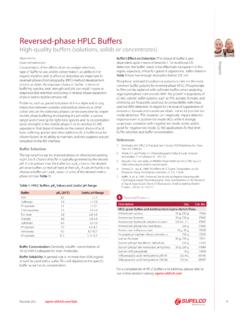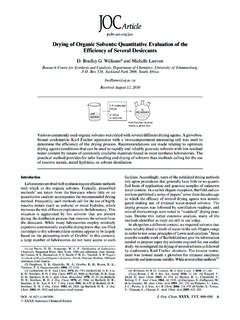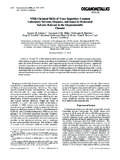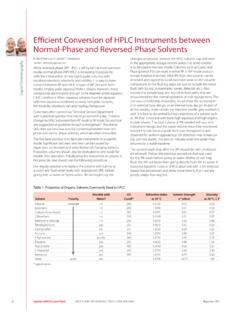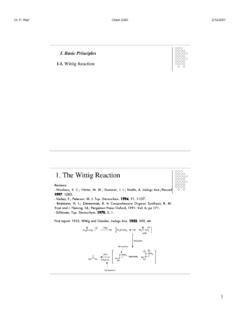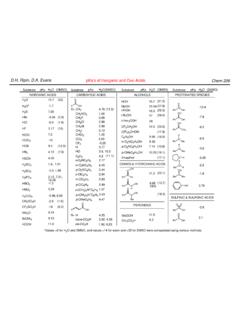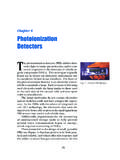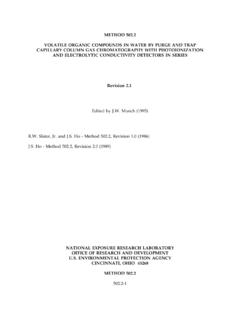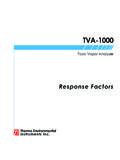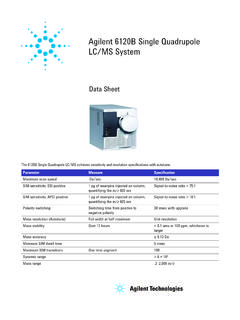Transcription of Basics of LC/MS (5988-2045EN) - University of Pittsburgh
1 Basics of LC/MS . Primer Contents Why Liquid Chromatography/Mass Spectrometry? 4. Instrumentation 6. Ion Sources 6. Electrospray ionization 7. Atmospheric pressure chemical ionization 8. Atmospheric pressure photoionization 9. Mass Analyzers 10. Quadrupole 10. Time-of-flight 11. Ion trap 11. Fourier transform-ion cyclotron resonance (FT-ICR) 12. Collision-Induced Dissociation and Multiple-Stage MS 13. CID in single-stage MS 14. CID and multiple-stage MS 14. Adapting LC Methods 16. Sample preparation 17. Ionization chemistry 17.
2 Capillary LC/MS and CE/MS 19. Applications 20. Molecular Weight Determination 20. Differentiation of similar octapeptides 20. Determining the molecular weight of green fluorescent protein 21. Structural Determination 22. Structural determination of ginsenosides using MSn analysis 22. Pharmaceutical Applications 24. Rapid chromatography of benzodiazepines 24. Detection of degradation products for salbutamol 24. Identification of bile acid metabolites 25. Biochemical Applications 26. Rapid protein identification using capillary LC/MS /MS and database searching 26.
3 Clinical Applications 28. High-sensitivity detection of trimipramine and thioridazine 28. Food Applications 28. Identification of aflatoxins in food 28. Determination of vitamin D3 in poultry feed supplements using MS3 30. Environmental Applications 32. Detection of phenylurea herbicides 32. Detection of low levels of carbaryl in food 32. CE/MS Applications 34. Analysis of peptides using CE/MS/MS 34. Why Liquid Chromatography/ Mass spectrometers also generate three- Mass Spectrometry? dimensional data. In addition to signal strength, they generate mass spectral Liquid chromatography is a fundamental data that can provide valuable information separation technique in the life sciences about the molecular weight, structure, and related fields of chemistry.
4 Unlike gas identity, quantity, and purity of a sample. chromatography, which is unsuitable for Mass spectral data add specificity that nonvolatile and thermally fragile molecules, increases confidence in the results of both liquid chromatography can safely qualitative and quantitative analyses. separate a very wide range of organic compounds, from small-molecule drug R. metabolites to peptides and proteins. Traditional detectors for CH2CH2CH2 NHCOCH3. liquid chromatography CH2CH2CH2OH. include refractive index, CH2CH2CH(NH2)COOH.
5 Electrochemical, fluores- cence, and ultraviolet-visible (UV-Vis) detectors. Some of these generate two- dimensional data; that is, data representing signal strength as a function of % Rel. Abundance time. Others, including fluorescence and diode- array UV-Vis detectors, generate three-dimensional data. Three-dimensional data include not only signal strength but spectral data for each point in time. % Rel. Abundance m/z Figure 1. Two-dimensional abundance data and three-dimensional mass spectral data from a mass spectrometer 4.
6 For most compounds, a mass spectrometer is Some mass spectrometers have the ability to more sensitive and far more specific than all perform multiple steps of mass spectrometry other LC detectors. It can analyze compounds on a single sample. They can generate a that lack a suitable chromophore. It can also mass spectrum, select a specific ion from identify components in unresolved chromato- that spectrum, fragment the ion, and generate graphic peaks, reducing the need for perfect another mass spectrum; repeating the entire chromatography.
7 Cycle many times. Such mass spectrometers can literally deconstruct a complex molecule Mass spectral data complements data from piece by piece until its structure is determined. other LC detectors. While two compounds may have similar UV spectra or similar mass spectra, it is uncommon for them to have both. The two orthogonal sets of data can be used to confidently identify, confirm, and quantify compounds. 1200000. 800000 MS TIC. 400000. 4000. m/z 2000. 648. 12000. 8000. m/z 4000. 376. 300. 200 m/z 100 1325. 5 10 15 20 25 30 35 40 min.
8 Figure 2. Identification of three components in a chromatographically unresolved peak 5. Instrumentation molecules from the analyte molecules (direct liquid inlet, thermospray) or did so before ion- Mass spectrometers work by ionizing mole- ization (particle beam). The analyte molecules cules and then sorting and identifying the ions were then ionized in the mass spectrometer according to their mass-to-charge (m/z) ratios. under vacuum, often by traditional electron Two key components in this process are the ionization. These approaches were successful ion source, which generates the ions, and the only for a very limited number of compounds.
9 Mass analyzer, which sorts the ions. Several different types of ion sources are commonly The introduction of atmospheric pressure used for LC/MS . Each is suitable for different ionization (API) techniques greatly expanded classes of compounds. Several different types the number of compounds that can be suc- of mass analyzers are also used. Each has cessfully analyzed by LC/MS . In atmospheric advantages and disadvantages depending on pressure ionization, the analyte molecules the type of information needed. are ionized first, at atmospheric pressure.
10 The analyte ions are then mechanically Ion Sources and electrostatically separated from neutral molecules. Common atmospheric pressure Much of the advancement in LC/MS over the ionization techniques are: last ten years has been in the development of ion sources and techniques that ionize the Electrospray ionization (ESI). analyte molecules and separate the resulting Atmospheric pressure chemical ionization ions from the mobile phase. (APCI). Atmospheric pressure photoionization (APPI). Earlier LC/MS systems used interfaces that either did not separate the mobile phase Figure 3.
